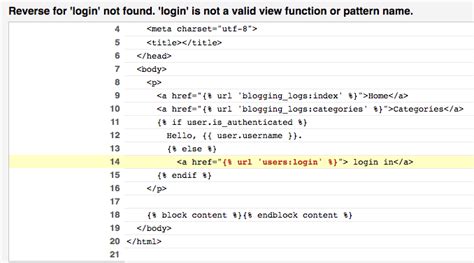

Log Not Found in Main Memory: 2025’s VS Dilemma
Introduction
Log files are essential for troubleshooting, monitoring, and security purposes. However, in large-scale distributed systems, it can be challenging to locate and manage log files efficiently. This article explores the problem of “log not found in main memory” and discusses potential solutions, comparing different approaches and their implications for system performance and availability.

Problem Statement
In a distributed system, log files are typically stored on remote servers or in a distributed file system. When an application needs to access a log file, it must first locate the file and then retrieve it from the remote location. This process can be time-consuming and can cause performance problems, especially in real-time applications.
Why it Matters
The consequences of “log not found in main memory” can be severe. For example, it can:
- Delay or prevent troubleshooting
- Compromise security by making it difficult to detect and investigate attacks
- Cause performance problems by slowing down applications that rely on log data
Potential Solutions
Several potential solutions exist for addressing the problem of “log not found in main memory.” These include:
1. Centralized Logging
In a centralized logging system, all logs are aggregated in a central location, such as a dedicated log server or a cloud-based logging service. This makes it easier to locate and access log files, but it can also introduce a single point of failure and scalability issues.
Pros
– Easier log management and search
– Improved performance for log retrieval
Cons
– Single point of failure
– Scalability concerns
2. Distributed Logging
In a distributed logging system, logs are stored on multiple servers or in a distributed file system. This provides redundancy and scalability but can make it more difficult to locate and manage log files.
Pros
– Redundancy and scalability
– Reduced performance impact on applications
Cons
– More complex log management
– Potential for data inconsistency
3. Log Streaming
Log streaming involves sending log data to a central location in real-time. This allows applications to access log data as it is generated, without having to wait for the log files to be written to disk.
Pros
– Real-time access to log data
– Reduced performance impact on applications
Cons
– Can be more complex to implement
– May require additional infrastructure
4. Hybrid Approaches
Hybrid approaches combine elements of centralized, distributed, and streaming logging. For example, a system might use a centralized logging system for long-term storage and a distributed logging system for real-time access.
Comparing Solutions
The following table compares the four potential solutions discussed in this article:
| Solution | Pros | Cons |
|---|---|---|
| Centralized Logging | Easier log management and search, Improved performance for log retrieval | Single point of failure, Scalability concerns |
| Distributed Logging | Redundancy and scalability, Reduced performance impact on applications | More complex log management, Potential for data inconsistency |
| Log Streaming | Real-time access to log data, Reduced performance impact on applications | Can be more complex to implement, May require additional infrastructure |
| Hybrid Approaches | Combine the benefits of multiple solutions | Can be more complex to implement |
Future Trends
The demand for efficient log management is expected to grow in the coming years, driven by factors such as:
- The increasing adoption of cloud computing and microservices
- The need for real-time insights into system behavior
- The growing importance of data security and compliance
Case Study
In a recent case study, a large enterprise implemented a hybrid logging solution that combined centralized logging for long-term storage with distributed logging for real-time access. This approach significantly improved the performance and availability of their logging system.
Conclusion
Log management is a critical aspect of system reliability and performance. Choosing the right approach to log management can help organizations avoid the problems associated with “log not found in main memory” and ensure that their applications have access to the log data they need.
FAQs
-
What are the main causes of “log not found in main memory”?
- Log files may be deleted or overwritten
- Log files may be stored in an inaccessible location
- The application may not have permission to access the log files
-
What are the consequences of “log not found in main memory”?
- Troubleshooting delays or failures
- Security breaches
- Performance problems
-
What are the different solutions to “log not found in main memory”?
- Centralized logging
- Distributed logging
- Log streaming
- Hybrid approaches
-
What are the pros and cons of each solution?
- See the table in the article for a comparison of the pros and cons of each solution
-
How can I choose the right solution for my organization?
- Consider your organization’s specific needs and requirements
- Evaluate the pros and cons of each solution
- Consult with a qualified IT professional
-
What are the future trends in log management?
- Increased adoption of cloud-based logging solutions
- Growing demand for real-time insights into system behavior
- Increased emphasis on data security and compliance










